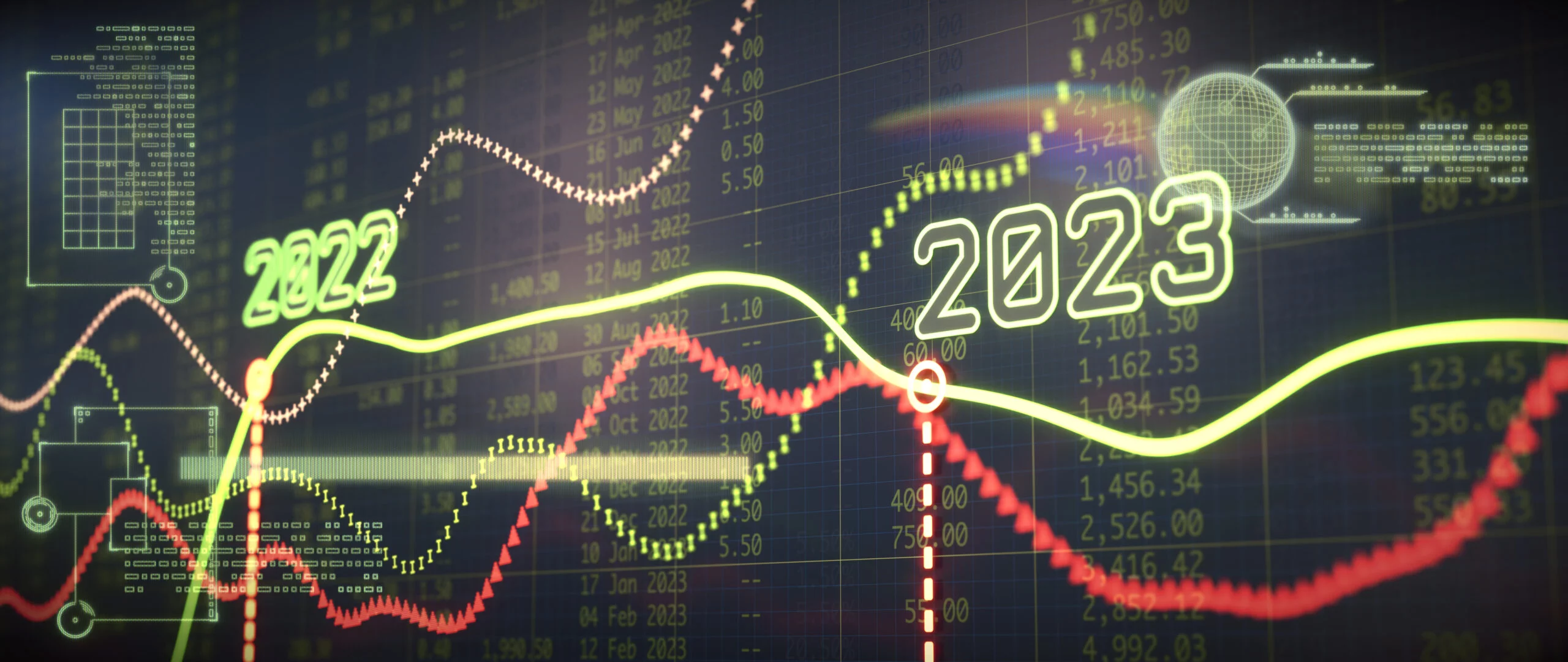Forecasting for increased demand or lower electricity production makes it easier for companies to plan for disruptions and potentially avoid jarring rate hikes. In turn, avoiding unexpected changes in rate structures can improve the customer service levels that influence a utility company’s Environmental, Social, and Governance (ESG) rating, and creditworthiness.
Ideally, utility companies can rely on tested algorithms that use real-time data to predict changes in energy consumption and production. Whether your utility generates electricity or buys wholesale energy from a power plant, you can benefit from demand forecasting tools that are designed to manage your bottom line while hitting global decarbonization goals.
Factors That Can Affect Electricity Rates
Several factors can influence electricity rate structures. Luckily, it’s possible to collect data and predict changes for most of these factors. You can’t anticipate every data point that might influence rates, but forecasts can provide the estimates necessary to make an informed decision. For utility companies, consider the following factors to determine how forecasted data will affect electricity rates, and what your operation can do to minimize costs while enhancing the reliability of service.
Temperature
Temperature plays a major role in driving electricity consumption. When households experience extremely hot or cold temperatures, they will use more energy to stay comfortable. Somewhat predictably, the desire to remain comfortable encourages a U-shaped curve of electricity use, where more electricity gets used during very cold and very hots days while less gets used during comfortable days. Whether hot or cold, as temperature extremes become increasingly uncomfortable, households consume more energy.
Forecasting that anticipates changes in the weather can build these fluctuations into rates to prevent the shock of unexpectedly high utility rates while helping mitigate the potential for outages. In some areas, energy is disbursed via economic dispatch, a process that allocates power based on the cost of that resource. Using economic merit order, utilities can submit the most affordable resources as the first tier in their strategy to stabilize the grid, while concurrently managing their energy spending.
Cloud Cover
If any of your customers generate electricity from solar panels, cloud cover will likely force them to rely on the grid for more power. The decreased efficiency of solar systems will depend on the hardware and how much cloud cover the area has. Generally speaking, photovoltaic systems only produce 10% to 25% of their optimal capacity during cloudy days.
Rain
Rain tends to increase the amount of electricity that households use, but the effect varies significantly by the time and day of the week. During weekends, people typically use more electricity on rainy days because they’re at home and more likely to stay indoors. Electricity usage isn’t as sensitive to rain during business hours. Since more people are at work or school during these times, precipitation doesn’t have a significant influence on how much electricity areas consume.
Fuel Prices
The source of energy used to generate electricity also plays a critical role in rate fluctuations. The soaring cost of fossil fuels has dramatically increased the amount of money consumers spend powering their homes and businesses. Many households in the United States have seen their electricity bills double as fossil fuel prices spike. Prices are so high that many people cannot pay their bills. More than 1.3 million households in New York City are at least 60 days behind on their utility payments. That accounts for about 20% of the city. Low temperatures during the winter of 2021-2022 added to these pressures. A summer heat wave could drive up prices even further.
Supply Chain Uncertainty
An uncertain energy supply chain can contribute to higher prices during periods of unexpectedly high usage. In the U.S., the energy supply chain includes generation, transmission, and distribution. Maintaining, repairing, and upgrading the infrastructure that moves power from generators to consumers costs a lot of money. When any aspect of the infrastructure fails, someone has to pay for repairs or replacements, contributing to higher electricity rates.
Demand Forecasting & Distributed Energy Resources (DERs)
Distributed energy resources (DERs) have the potential to protect utility companies and consumers from unexpectedly high costs. Since DERs can create or store energy for future use, the electricity from devices like personal rooftop solar or EV battery storage has a more stable value that isn’t as easily influenced by fossil fuel costs.
DER initiatives can supply the power needed during peak demand times. With the right distributed energy resource management system (DERMS), utility companies can organize rooftop solar systems, electric vehicle batteries, and other assets to create virtual power plants. If your company has access to enough DERs, you could help control energy costs and use data from those resources to improve forecast accuracy.
Conclusion: How Rate Forecasting Helps Solve Problems
Investigating how demand forecasting can influence rate structures perfectly illustrates the complexities of energy management, grid reliability, and the cost of energy. Everything from fluctuations in weather to changes in fuel prices influences how much energy producers charge for electricity, which affects how much consumers spend powering their homes and businesses.
Although complicated, data-driven demand forecasting that considers as many variables as possible offers an incredibly effective way to predict energy needs and establish affordable rates that respond to market and environmental pressures. Likewise, smartgrid and demand flexibility trends can make it easier for companies to gather data that makes rate forecasting increasingly accurate and reliable. As forecasting algorithms develop to become increasingly sophisticated, these evolving technologies will continue to make it much easier to set rates.





